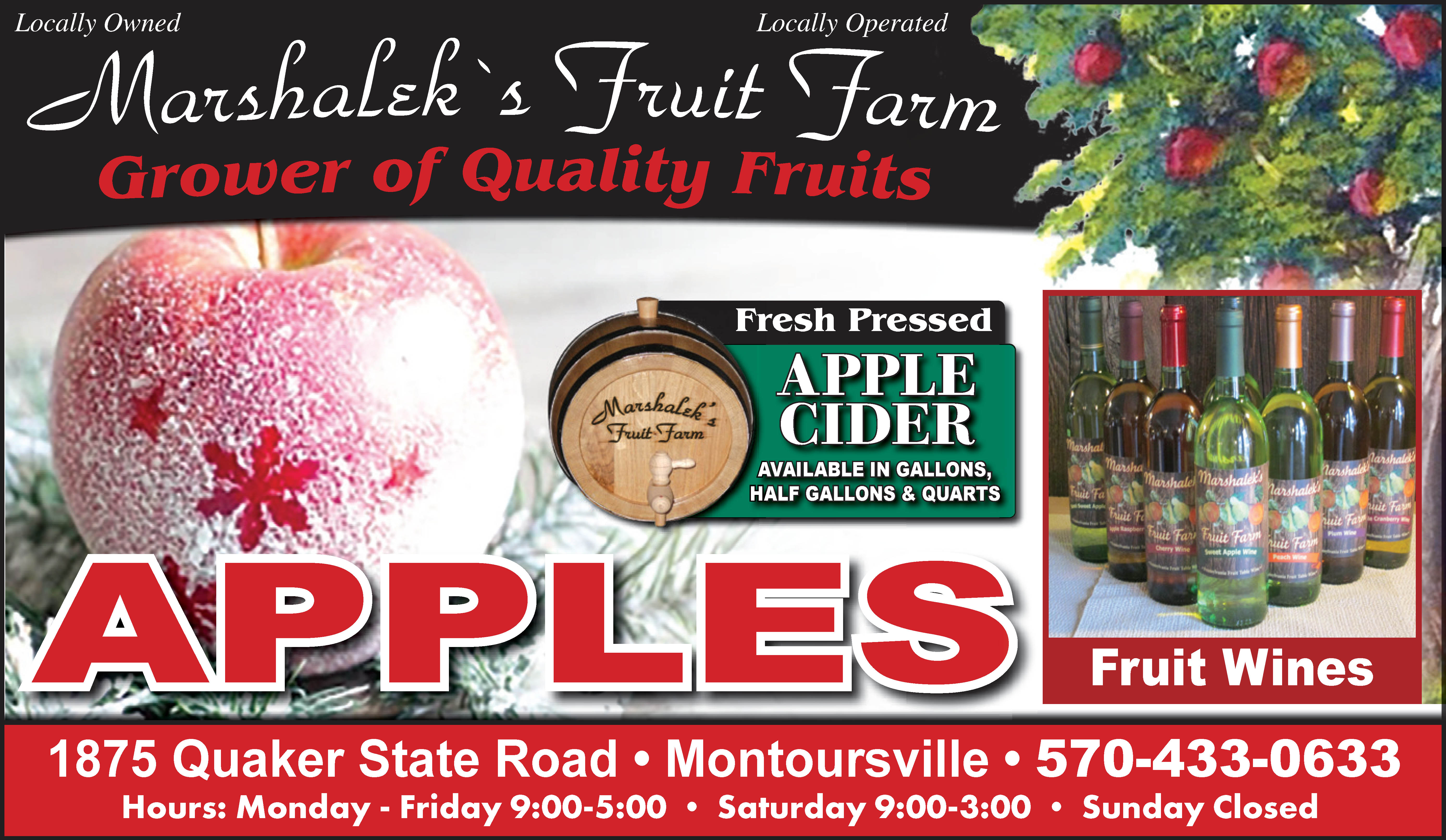Gardening is a worthwhile endeavor that not only passes the time, but can be a form of exercise and relief from the daily grind. Gardens also provide ample opportunity to experiment, as individuals can produce everything from vegetables to bountiful blooms.
Recent years have witnessed a growing emphasis on eco-friendly gardening that aims to reduce reliance on chemical fertilizers and pesticides in an effort to protect the planet. One way to do so is to rely on native plants.
What are native plants?
Native plants are indigenous to particular regions. The National Wildlife Federation says native plants grow in habitats without human introduction or intervention. Native plants have formed symbiotic relationships with local wildlife over thousands of years, which the NWF notes makes them the most sustainable options. Native plants help the environment and thrive with little supplemental watering or chemical nutrients.
Natives vary by region
Native plants vary by region. In arid climates, certain succulents may be native because they don’t need much rainfall to thrive. In lush wetlands, succulents might be out of place.
Start native planting
The NWF offers native plants for 36 different states that can be shipped right to customers’ doors to help replenish native varieties. In addition, gardeners can visit local gardening centers to select native plants. Small and independently owned centers often feature knowledgeable local staff whose expertise can prove invaluable to individuals seeking native varieties.
It’s important to keep in mind that native varieties may look less cultivated than more exotic blooms and foliages designed to sell for their unique appearances. Wildflowers and native grasses may be the types of native plants found in abundance, which may grow up and out quickly. These other tips can help the process.
• Plan and prepare the site by removing weeds and turning over the soil. This will give seedlings an opportunity to take root without competition from weeds. Seedlings will give gardens a faster head-start than waiting around for seeds to germinate. However, gardeners can start seeds indoors and then move them outside once they are seedlings.
• Avoid planting native plants in rows, as that’s not how they’re likely to grow naturally. Vary the placement so the plants look like they sprouted up haphazardly.
• Gardeners can still exert some control over native gardens prone to growing a little wild. Borders and paths can better define the growing areas.
• Grow Native!, an initiative from the Missouri Prairie Foundation, suggests planting two to four species in broad sweeping masses or drifts. Mix grasses with flowering plants. The grasses produce dense, fibrous roots that can prevent weed growth.
Native plants should require minimal care. Keep an eye on them and supplement with water if conditions have been especially dry.




